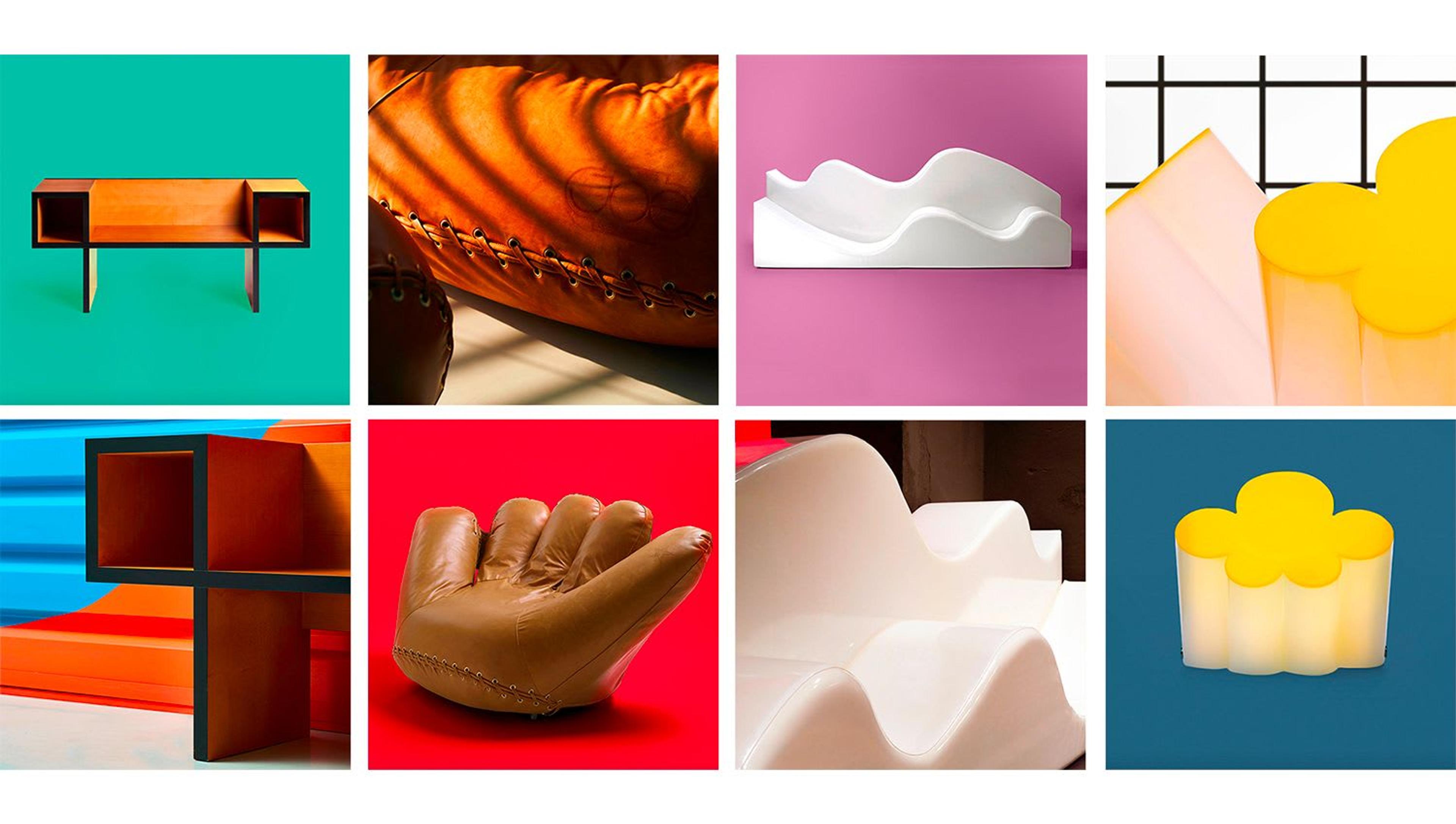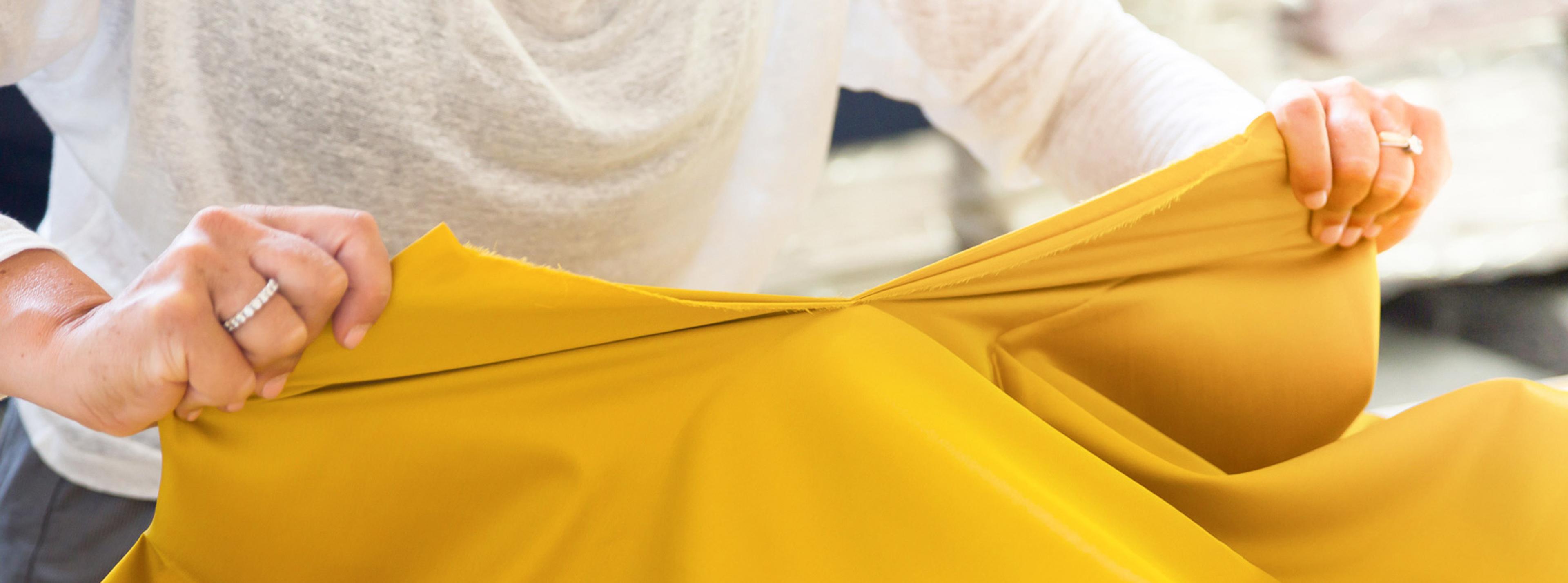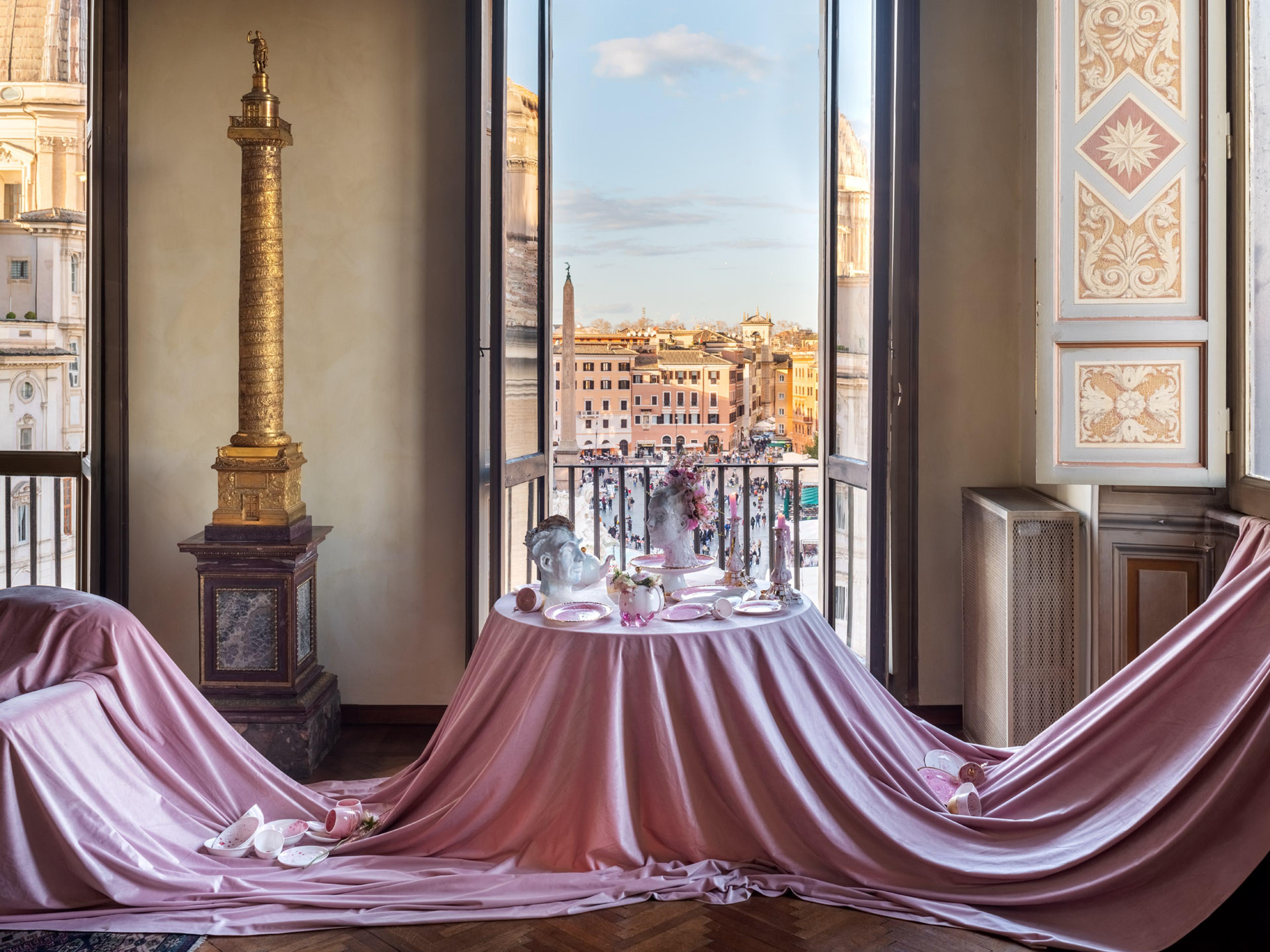
Fauteuil Joe Brown
11.470 EUR
Expédié dans 4-5 semaines

Rencontrez Poltronova, une icône du design italien née dans la campagne toscane. Découvrez l'histoire de la marque qui a donné naissance à Radical Design, de ses débuts dans les années 1960 à sa transformation en Centro Studi Poltronova, une archive d'icônes historiques.
Le contenu de cette page a été traduit automatiquement. Visiter le site en anglais
Fondée en 1957 par Sergio Camilli, Poltronova a été la toute première marque de design radical, reflétant la nature multiforme du design italien. Fondée en Toscane, une région débordante d'art mais encore jeune du point de vue du design, la marque est rapidement devenue un nom connu grâce à la fois à la vieille garde du design italien, avec des mentors comme Angelo Mangiarotti, Gae Aulenti, Giovanni Michelucci et De Pas-D'Urbino-Lomazzi, et à la jeune avant-garde du design radical - les groupes Archizoom et Superstudio. Dès le début, Ettore Sottsassa apporté une contribution extraordinaire au développement artistique de Poltronova, dont il est devenu le directeur artistique en 1958.
Aujourd'hui, la mission du Centro Studi Poltronova est de maintenir en vie certaines des pièces les plus emblématiques du design italien, de renommée internationale et appréciées pour leur design amusant, lumineux et subversif. Un voyage à travers les chefs-d'œuvre les plus radicaux, aussi séduisants aujourd'hui qu'au moment de leur apparition. Explorez le monde coloré de Poltronova et les tournants les plus intéressants de son histoire.


11.470 EUR
Expédié dans 4-5 semaines

2855 EUR
Expédié dans 2-3 semaines

5235 EUR
Expédié dans 11-12 semaines

4635 EUR
Expédié dans 4-5 semaines

625 EUR
Expédié dans 2-3 semaines

5310 EUR
Expédié dans 7-8 semaines
Le design radical - l'interprétation des impulsions révolutionnaires et des nouvelles visions créatives - fait partie intégrante de l'ADN de Poltronova. Comment cette dimension a-t-elle évolué depuis les années 1960 ?
Poltronova - connue aujourd'hui sous le nom de Centro Studi Poltronova for Design - est l'entreprise chargée de créer des objets et de les intégrer dans un processus industriel sui generis pour refléter les visions artistiques du mouvement radical émergent. Dans certains cas, ces objets n'ont jamais été exclus du catalogue Poltronova - comme la Superonda d'Archizoom ou le miroir Ultrafragola d'Ettore Sottsass Jr - tandis que d'autres ont été réintroduits ces dernières années, même si, en principe, ils sont toujours restés une partie reconnaissable de la ligne de production. Ce n'est pas tant que la composante radicale ait évolué au fil du temps, mais plutôt que les outils à la disposition du public aient changé, rendant les gens plus aptes à comprendre quelque chose qui, dans les années 1960, était considéré comme avant-gardiste et visionnaire non seulement par le grand public mais aussi par les experts.
Dès le début, Poltronova a collaboré avec des designers italiens de renommée mondiale, à commencer par Ettore Sottsass, ancien directeur artistique de la marque. Comment a débuté la collaboration entre Poltronova et les partisans de l'avant-garde radicale, sachant qu'ils allaient contribuer à définir davantage l'identité révolutionnaire de la marque ?
En fait, lorsque Ettore Sottsass Jr. a commencé à travailler pour Poltronova, il était loin d'être un designer de renommée mondiale. Il venait de rentrer de la guerre après une longue période d'emprisonnement dans les Balkans : il était plutôt inconnu, surtout dans le monde du design, n'ayant collaboré qu'avec son père architecte, Ettore Sottsass Sr. avant la guerre. En fait, Poltronova est la première entreprise qui lui permet d'explorer des projets de grande envergure. En 1966, après l'exposition-installation Superarchitettura d'Archizoom et Superstudio, Sottsass et Sergio Cammilli engagent de jeunes diplômés dans l'entreprise par le biais d'une stratégie de détection des talents qui, rétrospectivement, peut être considérée comme un succès. À cette époque, ces jeunes talents élaboraient de curieuses visions utopiques du monde et étaient loin d'être des designers établis ou même de faire partie d'une avant-garde définie et accréditée.
Le fauteuil Mies est né en 1969 de l'idée d'Archizoom Associati d'utiliser une bande de caoutchouc para ou de caoutchouc indien comme siège. Le nom souligne la similitude de la structure avec les projets de Mies van der Rohe, en hommage au grand maître décédé la même année.
Avec son design géométrique rigoureux, le fauteuil Mies résume la philosophie d'Archizoom Associati, figures de proue du mouvement radical italien à partir de la seconde moitié des années 1960.

Certaines pièces du design de Poltronova sont devenues des icônes, totalement insensibles au passage du temps et toujours recherchées pour leur ingénieuse audace stylistique. L'une d'entre elles est incontestablement l'Ultrafragola: comment est née l'idée de créer une pièce aussi singulière ?
Le miroir Ultrafragola d'Ettore Sottsass Jr. fait partie du projet Mobili Grigi, plus complexe et mieux défini, qui comprenait un ensemble de chambre à coucher composé de plusieurs pièces, toutes totalement originales. L'installation de Mobili Grigi à l'Eurodomus dans les années 1970 était un espace faiblement éclairé par des néons qui rayonnaient du mobilier lui-même. Il s'agissait d'un projet très expérimental pour l'époque, réalisé en fibre de verre, néon et PETG thermoformé. La raison pour laquelle le miroir de l'Ultrafragola est le seul élément "survivant" pourrait donner à réfléchir... Il n'est pas difficile d'imaginer pourquoi un projet aussi existentialiste, métaphysique et éloigné de la logique bourgeoise actuelle du "bon design" n'a pas reçu de réactions positives de la part du public et des critiques de l'époque. Peut-être que le miroir était la pièce la plus simple en tant qu'objet en soi et pour sa couleur "rose".
L'aventure de Poltronova a commencé à la fin des années 1950 en Toscane, une région qui, à l'époque, n'était pas encore amorcée du point de vue de la conception-production. Aujourd'hui, que signifie la Toscane pour vous et, plus largement, pour le "Made in Italy" ?
Incontestablement, l'entreprise n'a jamais eu l'intention de négliger l'ADN artisanal qui a toujours caractérisé sa production de haute qualité. Il convient de rappeler que - comme Sottsass Jr. l'a souvent souligné - lorsque l'entreprise a été fondée, elle était située dans une zone plutôt suburbaine par rapport aux centres plus industriels d'Italie, ce qui a contribué à favoriser une liberté d'expérimentation absente ailleurs (voir le Mobili Grigi). Cela dit, nous pensons qu'en 2022, les frontières nationales sont obsolètes, et il en va de même, sinon plus, pour les frontières régionales.
Caractérisé par un captivant motif à pois magenta, ce canapé est une nouvelle création iconique de Cristina Morozzi, qui célèbre le 50e anniversaire de Superonda, symbole audacieux de l'anti-design conçu pour la première fois en 1967 par le groupe radical florentin Archizoom.
Conçu sans cadre conventionnel, il est constitué d'un bloc de polyuréthane coupé en deux parties ondulées qui peuvent être combinées dans différentes configurations.
Au fil des ans, l'absence de scrupules de Poltronova a évolué, et avec elle, sa production. Quelles sont les valeurs qui ont perduré depuis le début et comment les techniques de production des pièces de design historiques ont-elles évolué ?
L'ADN artisanal, c'est-à-dire un travail manuel qualifié, associé à des matières premières de la plus haute qualité, a toujours été le fondement de l'entreprise. Si la qualité des produits finis s'est améliorée au fil des ans, le respect strict de l'essence du projet original a toujours été une question de principe. En effet, certains procédés techniques et matériaux qui, par le passé, étaient très expérimentaux, ont aujourd'hui beaucoup progressé. Pour ne citer que quelques exemples, la mousse de polyuréthane utilisée pour le Superonda commençait à peine à apparaître dans le design à l'époque, alors qu'aujourd'hui elle est disponible dans différentes densités qui garantissent efficacement ses performances. De même, les feuilles de plexiglas de la lampe Sanremo sont aujourd'hui découpées au laser, alors qu'elles étaient autrefois découpées à la main. Enfin, pour l'Ultrafragola, même si chaque modèle est thermoformé en utilisant le seul moule en aluminium existant datant de 1970, il est évident que la technique du thermoformage a beaucoup évolué depuis.

4635 EUR
Expédié dans 4-5 semaines

625 EUR
Expédié dans 2-3 semaines

12.320 EUR
Expédié dans 9-10 semaines

580 EUR
Expédié dans 2-3 semaines

6955 EUR
Expédié dans 5-6 semaines

8785 EUR
Expédié dans 2-3 semaines

9270 EUR
Expédié dans 4-5 semaines

6955 EUR
Expédié dans 5-6 semaines

2255 EUR
Expédié dans 3-4 semaines

2805 EUR
Expédié dans 5-6 semaines

4050 EUR
Expédié dans 2-3 semaines

625 EUR
Expédié dans 2-3 semaines

Née de la passion de la famille Sali pour les textiles fins à la fin des années 1950, Biancoperla …

L'artiste et céramiste italienne Coralla Maiuri transforme la porcelaine en paysages de rêve où se…